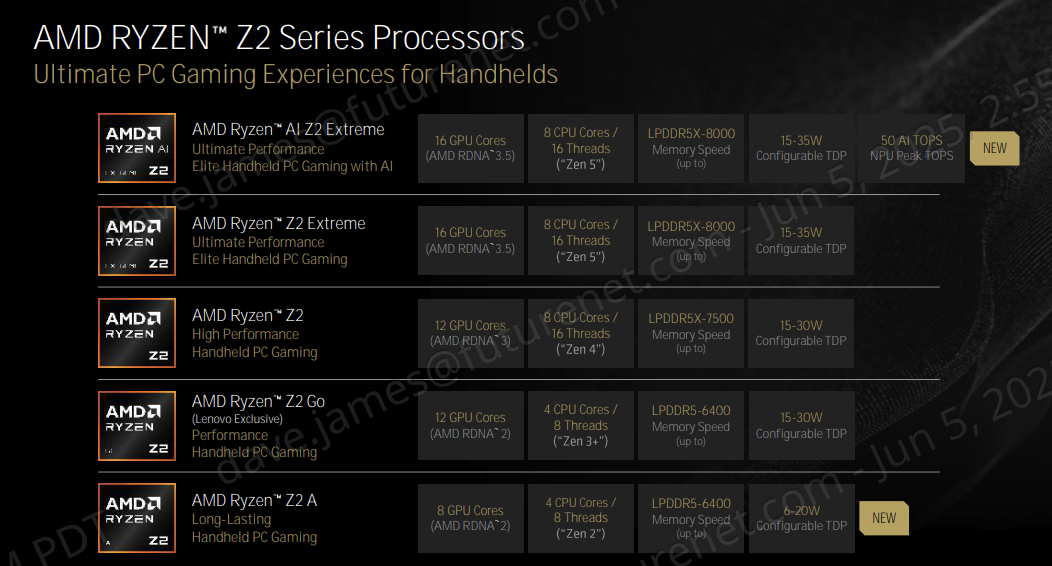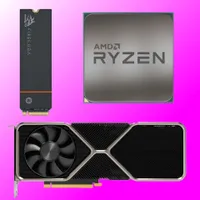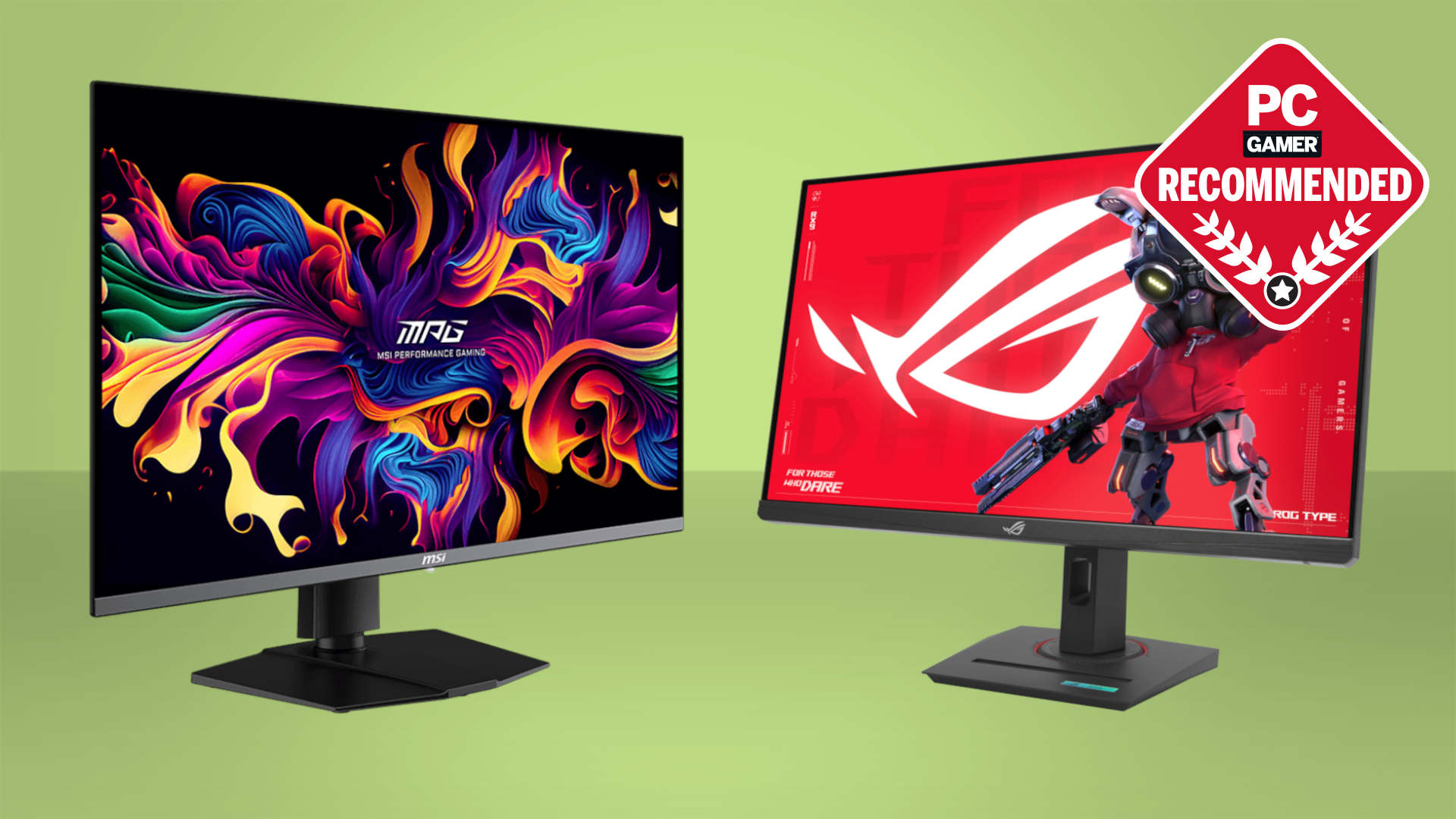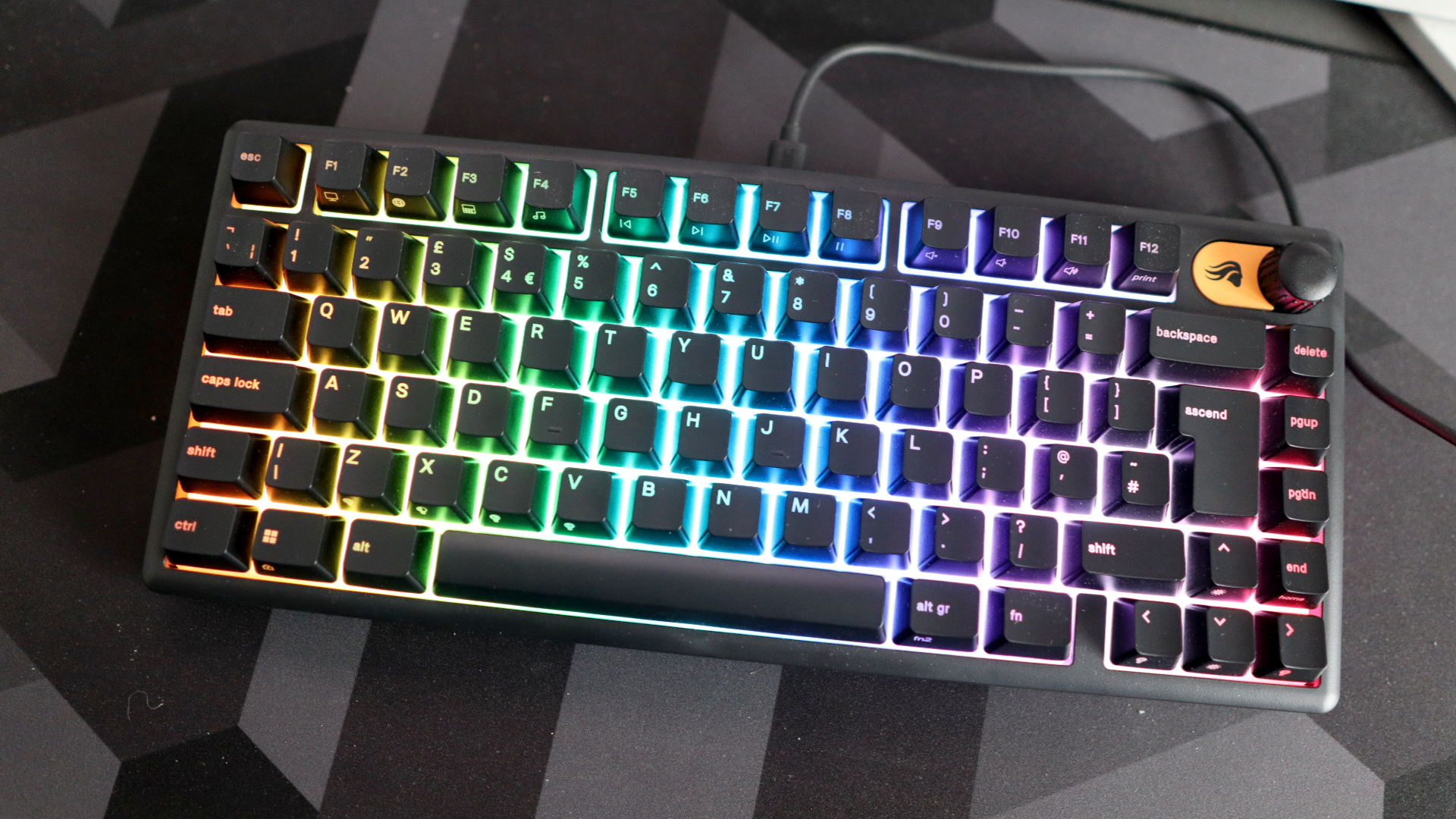AMD's baffling 'new' Ryzen Z2 APUs for handheld gaming PCs include a premium 'AI' model with an NPU and seemingly the ancient chip from Valve's Steam Deck
The Z2 family now includes fully four different generations of AMD APU. Seriously?
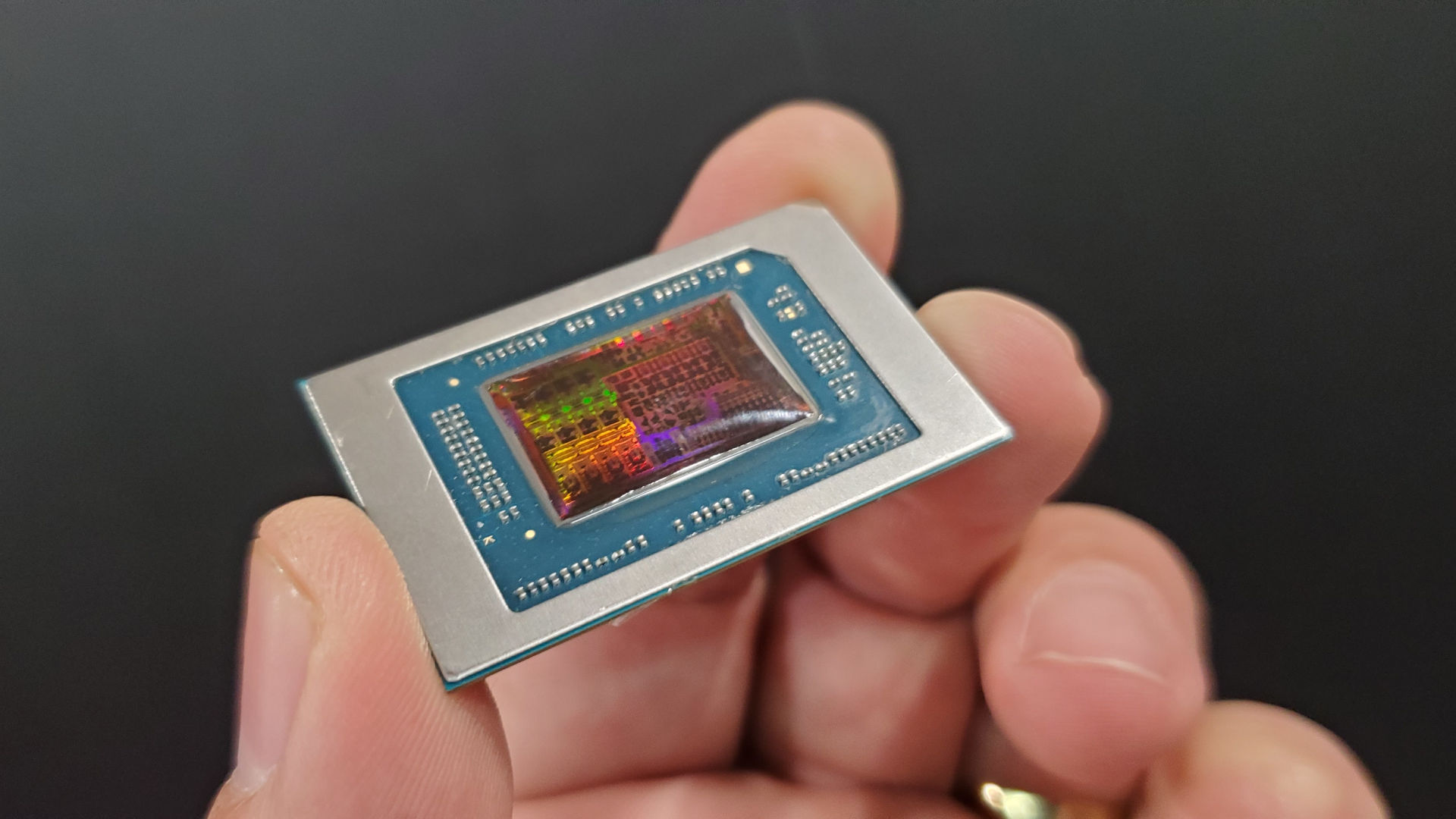
AMD has added a pair of "new" APUs to its Z2 family of chips. The catch is that neither seem to be actually new and at least one of them is dubious when it comes to offering much of interest to gamers. What's more, the net result is that the Z2 line of APUs has become even more baffling and is now composed of no fewer than four generations of AMD chips, all under the same branding.
The first of the new chips is the AMD Ryzen AI Z2 Extreme. It's basically the existing Ryzen Z2 Extreme APU based on Strix Point but with that chip's 50 TOPS NPU enabled. Previously, AMD hasn't bothered to enable Strix Point's NPU for handheld gaming PCs.
Other specifications, including a total of eight CPU cores, three of which are full Zen 5 spec, the other five Zen 5C spec, and 16 RDNA 3.5 graphics compute units, appear to be carried over from the Ryzen Z2 Extreme. AMD isn't quoting clockpeeds, but the AMD Ryzen AI Z2 Extreme has the same 15 W to 35 W TDP range as the non-AI model.
As for why, exactly, you'd want an NPU in a gaming handheld, AMD told us, "the addition of an NPU in the Ryzen Z2 Extreme brings low-power, on-device AI capabilities to handheld gaming for the first time. While AI in handhelds is still emerging, developers are rapidly exploring uses like upscaling, adaptive gameplay, and smarter NPCs. Offloading these tasks to the integrated NPU allows the CPU and GPU to stay focused on core game performance, enabling richer experiences without trade-offs in responsiveness or battery life.
"More importantly, it positions handhelds to support the next generation of AI-enabled gaming, with real-time personalisation and smarter, more interactive gameplay. AMD is working closely with partners to bring these capabilities to life and lead the transition to AI-powered gaming both on the PC and in handheld devices."
On paper, an NPU could be handy given that Nvidia's competing GPUs have more dedicated AI hardware in the form of Tensor cores for accelerating features like ML-enhanced upscaling. What's more, the RDNA 3.5 GPU in Strix Point isn't as capable when it comes to AI as AMD's latest RDNA 4 technology, as seen in the RX 9060 XT and RX 9070 XT desktop graphics chips. Even RDNA 4's ML hardware isn't truly comparable with Nvidia's Tensor cores.
That said, there's absolutely no indication that AMD intends to offload the likes of its latest FSR 4 ML-powered upscaling off the GPU and onto an NPU at any point in the future anyways. So that benefit is theoretical, for now.
Keep up to date with the most important stories and the best deals, as picked by the PC Gamer team.
As for the other "new" APU, that's known as the AMD Ryzen Z2 A. This one is even weirder, since it sports four Zen 2-era CPU cores and eight RDNA 2 graphics compute units. If you're thinking that sounds familiar, well, those are precisely the same specs as the Van Gogh APU (Aerith) in Steam Deck and the die shrunk version of the same chip in the Steam Deck OLED (Sephiroth).
Indeed, we would be pretty surprised if the AMD Ryzen Z2 A isn't simply the Steam Deck chip rebranded as a Z2 APU. The only potential difference we can see is that it's offering a slightly higher configurable TDP at 6 - 20 W instead of the 5 - 15 W on offer with the Steam Deck OLED. Either way, it's old technology and means that the Z2 family now contains chips from no fewer than four generations of AMD APU architecture.
Along with Strix Point in the Z2 Extreme models and (likely) Van Gogh for the Z2 A, there's the plain old Ryzen Z2 which uses the last-gen Hawk Point APU with eight Zen 4 CPU cores and 12 RDNA 3 graphics CUs. Finally, there's the Ryzen Z2 Go based on the Rembrant APU with four Zen 3+ CPU cores and 12 RDNA 2 spec graphics CUs. For now that's exclusive to Lenovo in the Lenovo Legion Go S handheld.
Long story short, the Z2 moniker basically means nothing from a hardware generation standpoint, and has been applied to a wide range of essentially unrelated APUs, each sporting dramatically different generations of CPU and GPU technology.
As for what to make of it all, well the Z2 A could be interesting despite being old and relatively underpowered. It could, for instance, be used to create a generation of very low cost handhelds running Steam OS but not sold by Valve itself.
By dint of running exactly the same chip as the official Steam Deck, any such machine ought to be perfectly optimised to run games targeted at the official Deck but could be available for less money. Then again, the Deck seems to be made to pretty tight margins, so significantly undercutting the $399 entry-level non-OLED Steam Deck in particular could be a tall order.
The AMD Ryzen AI Z2 Extreme is less appealing. It'll presumably be more expensive than the existing non-AI chip and it's not clear what benefits it will bring to gaming, if any. Meanwhile, exactly why AMD thinks it's a good idea to call all of these chips "Z2" is beyond baffling. But then confusing branding is hardly a novel concept when it comes to AMD.
Best CPU for gaming: Top chips from Intel and AMD.
Best gaming motherboard: The right boards.
Best graphics card: Your perfect pixel-pusher awaits.
Best SSD for gaming: Get into the game first.

Jeremy has been writing about technology and PCs since the 90nm Netburst era (Google it!) and enjoys nothing more than a serious dissertation on the finer points of monitor input lag and overshoot followed by a forensic examination of advanced lithography. Or maybe he just likes machines that go “ping!” He also has a thing for tennis and cars.
You must confirm your public display name before commenting
Please logout and then login again, you will then be prompted to enter your display name.
